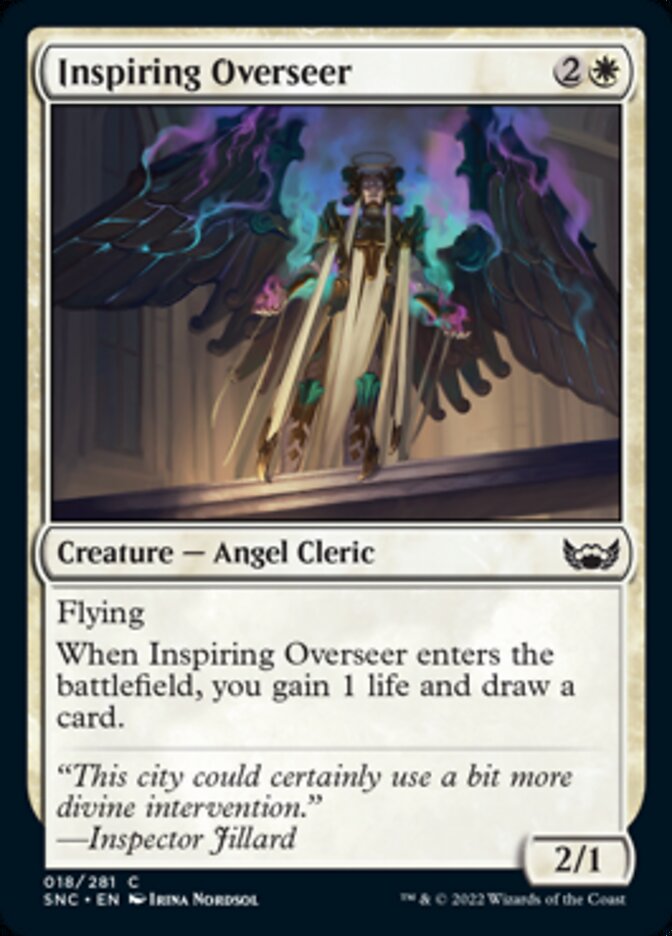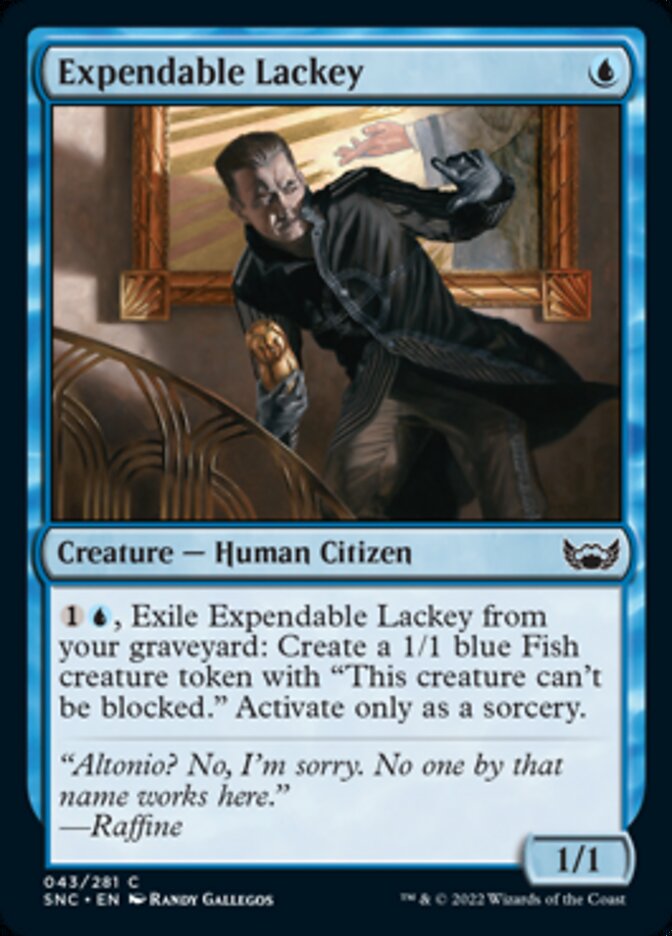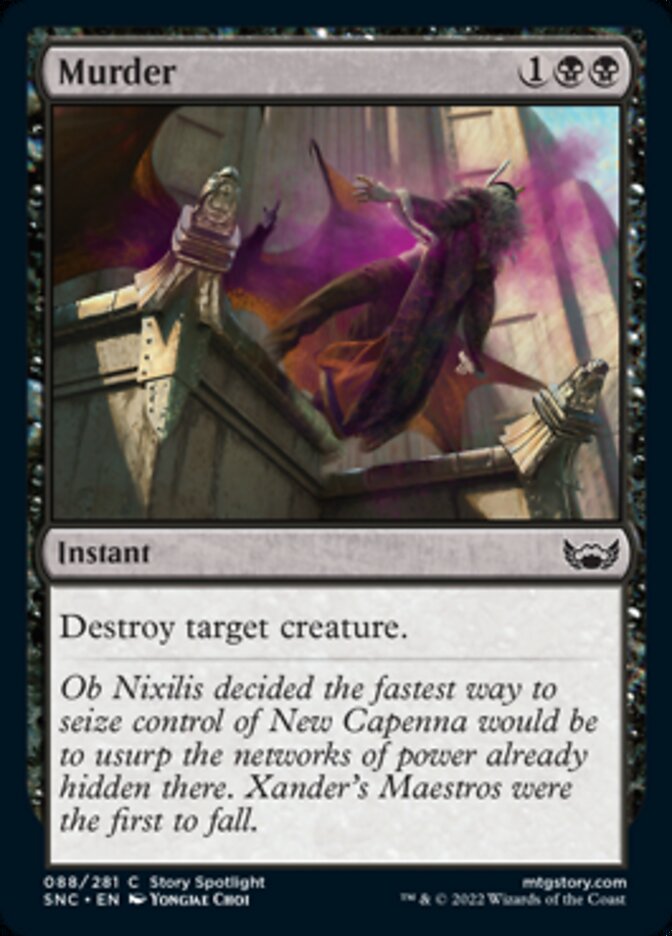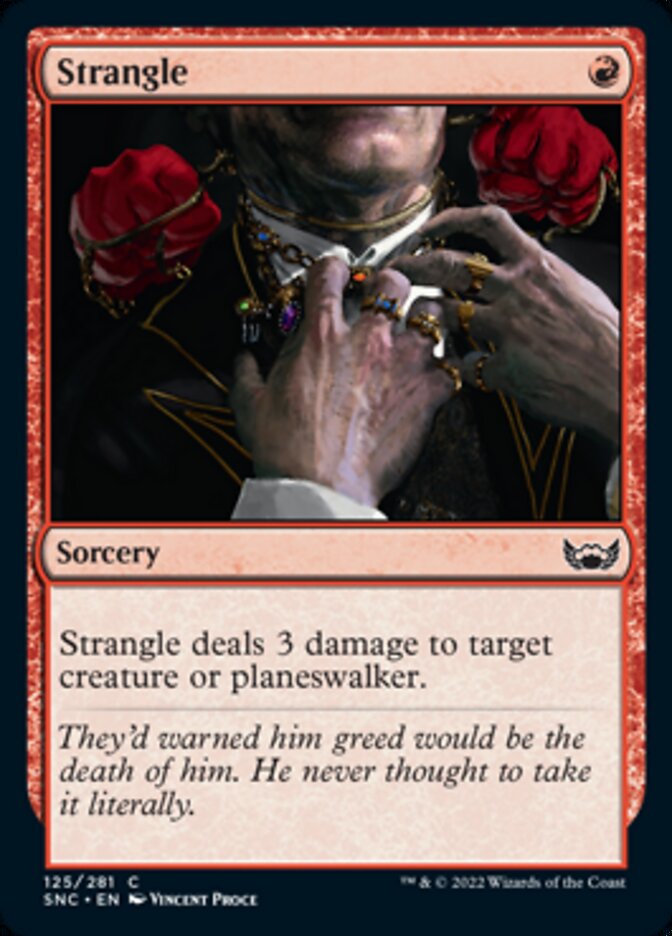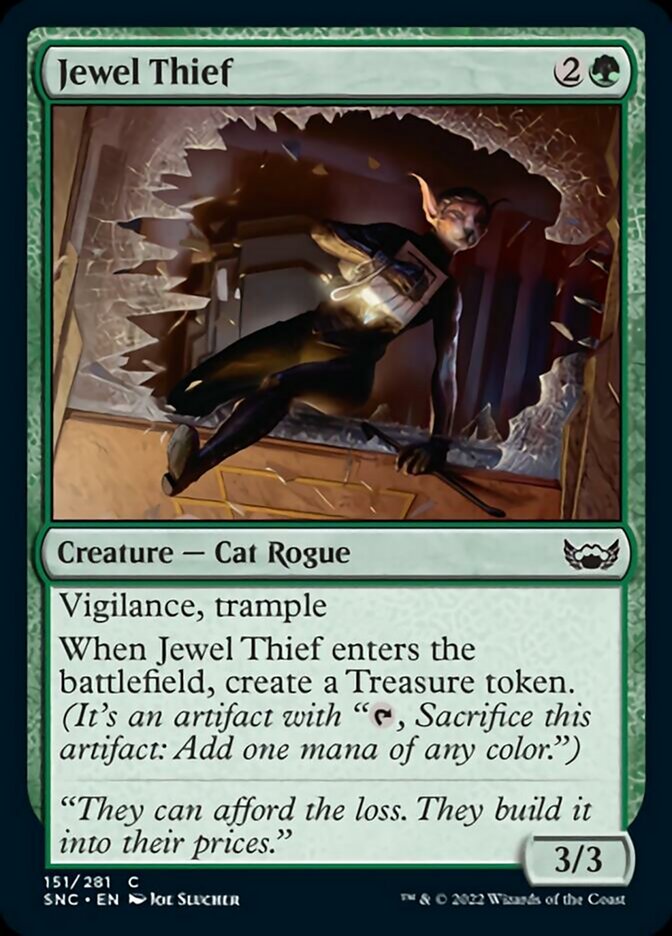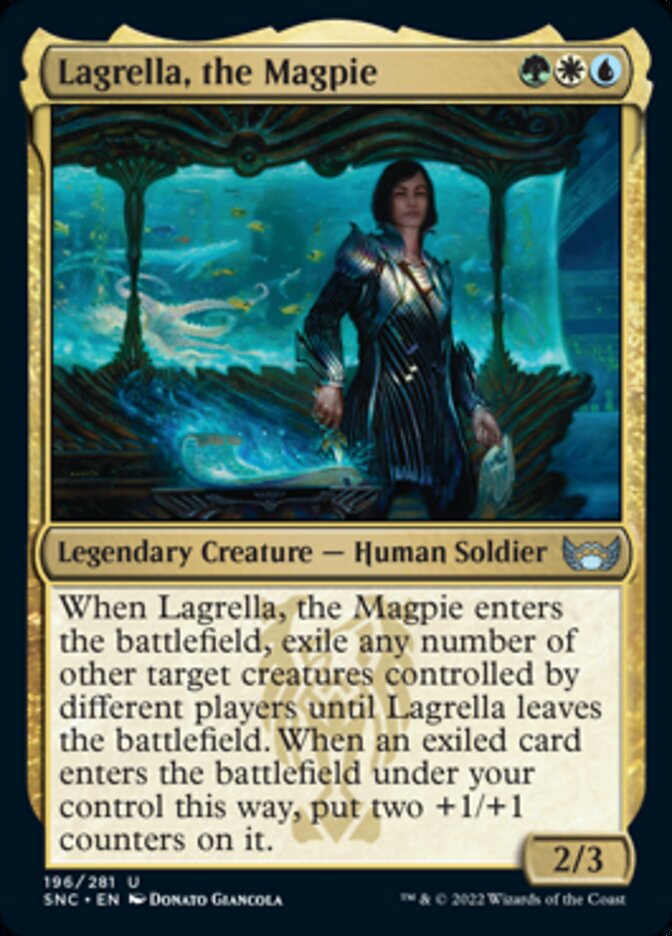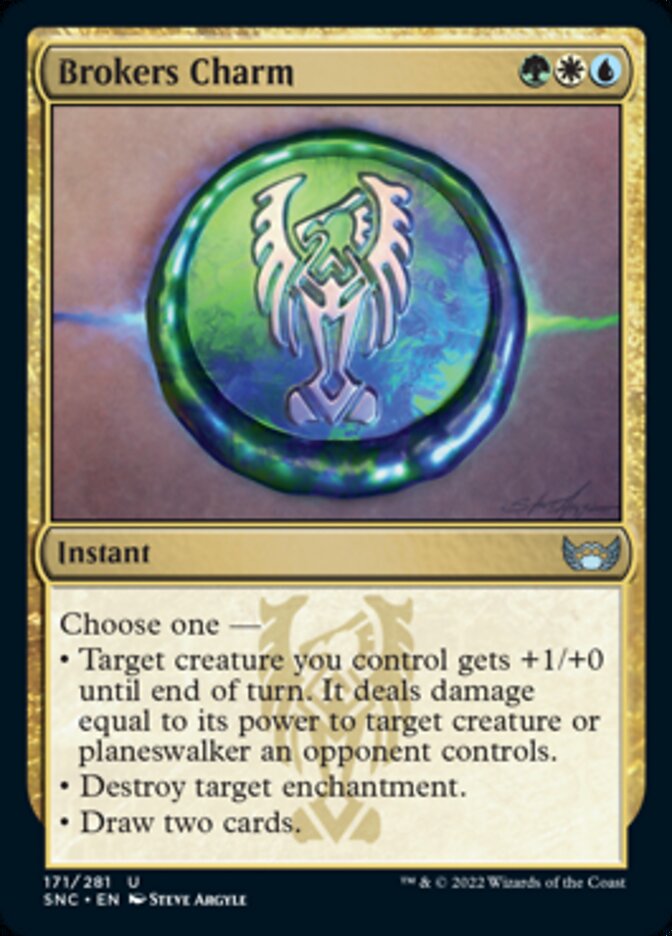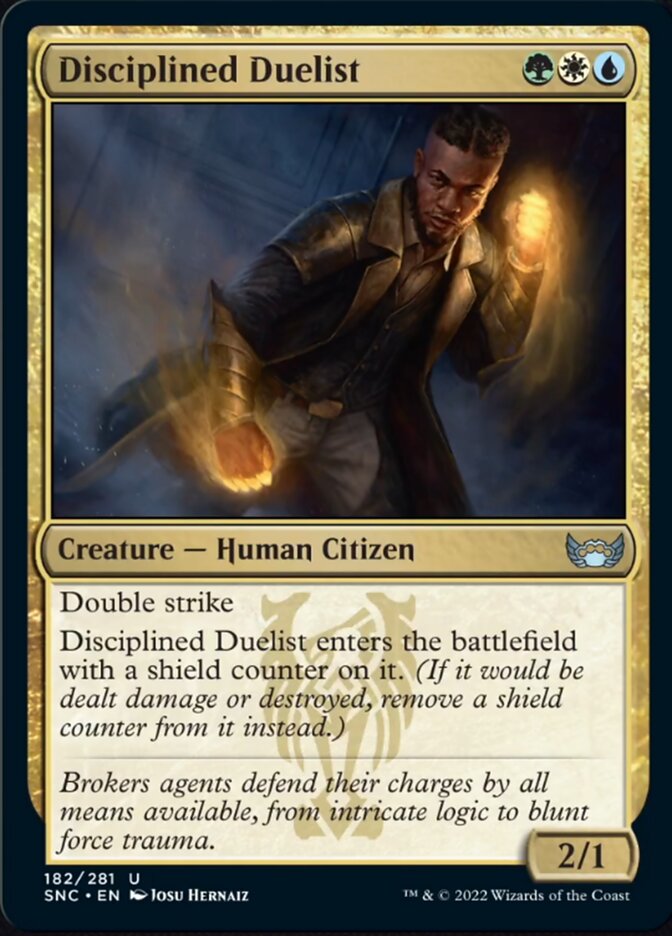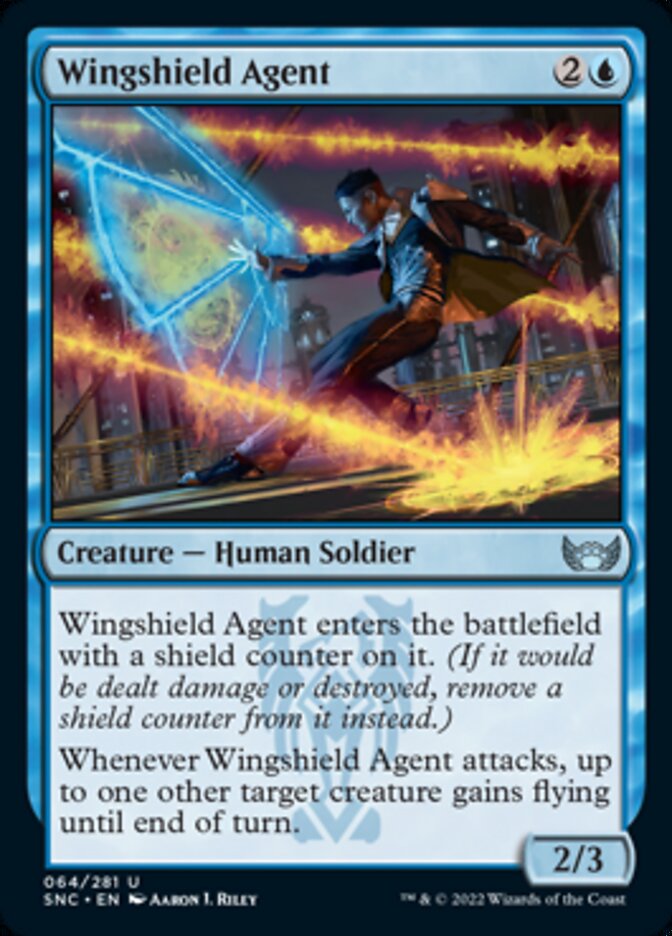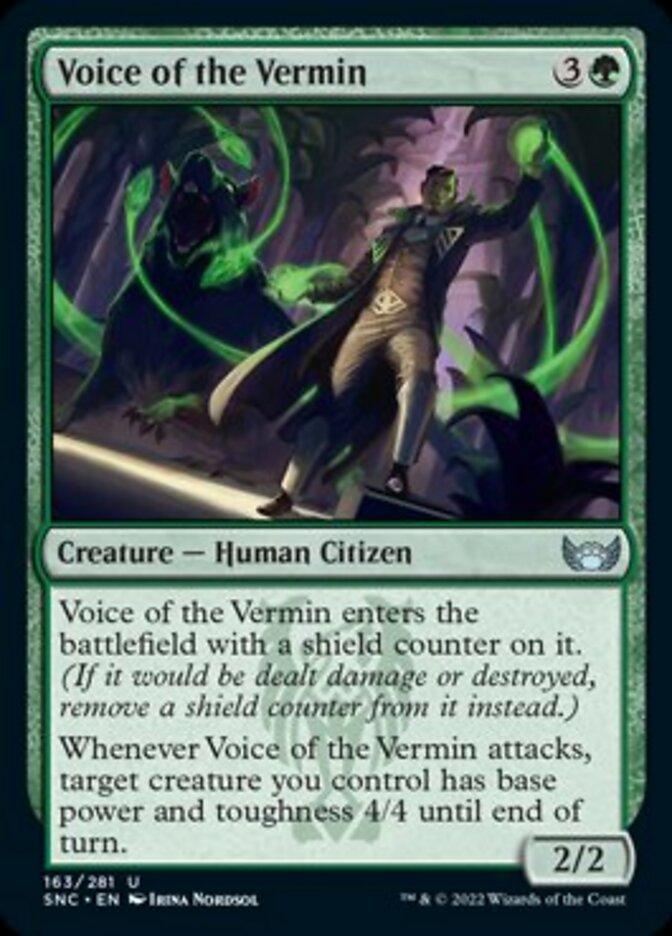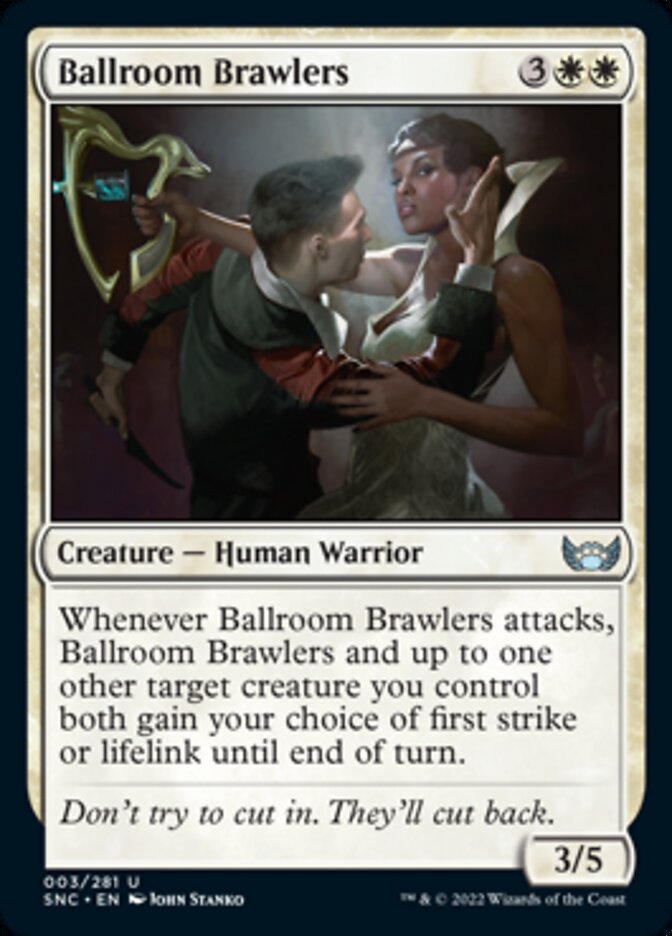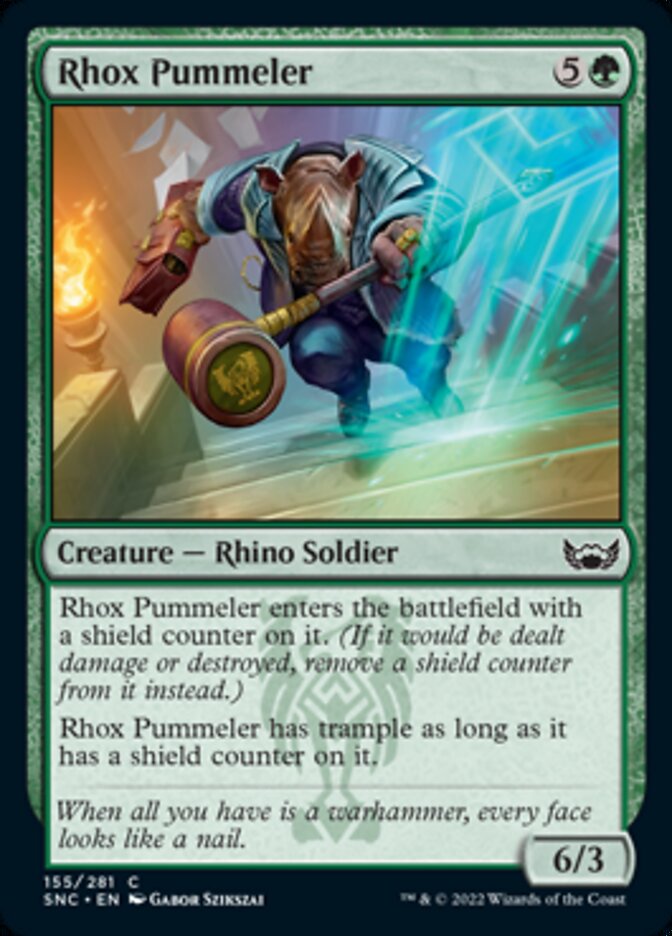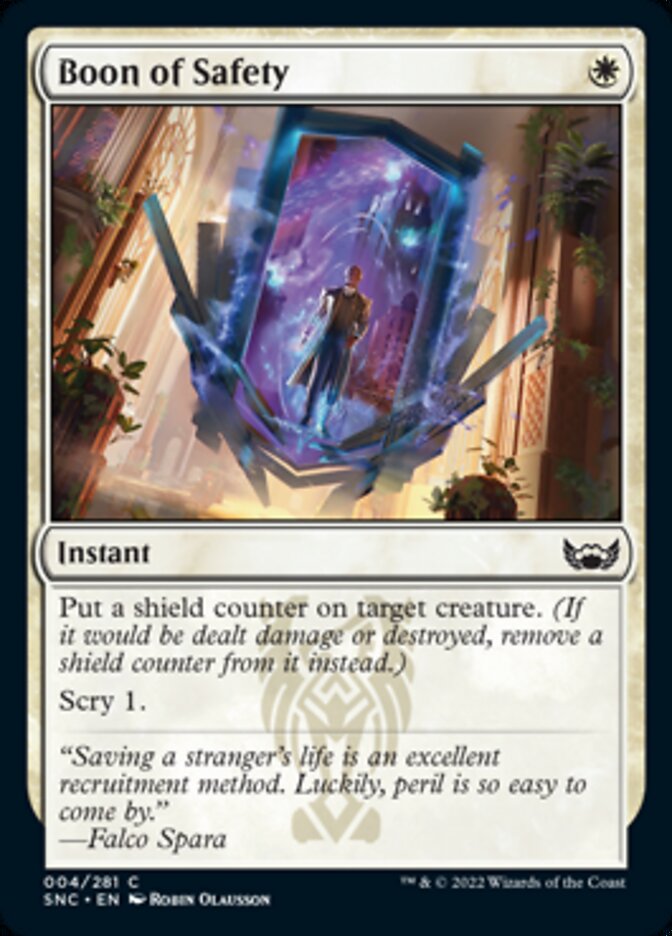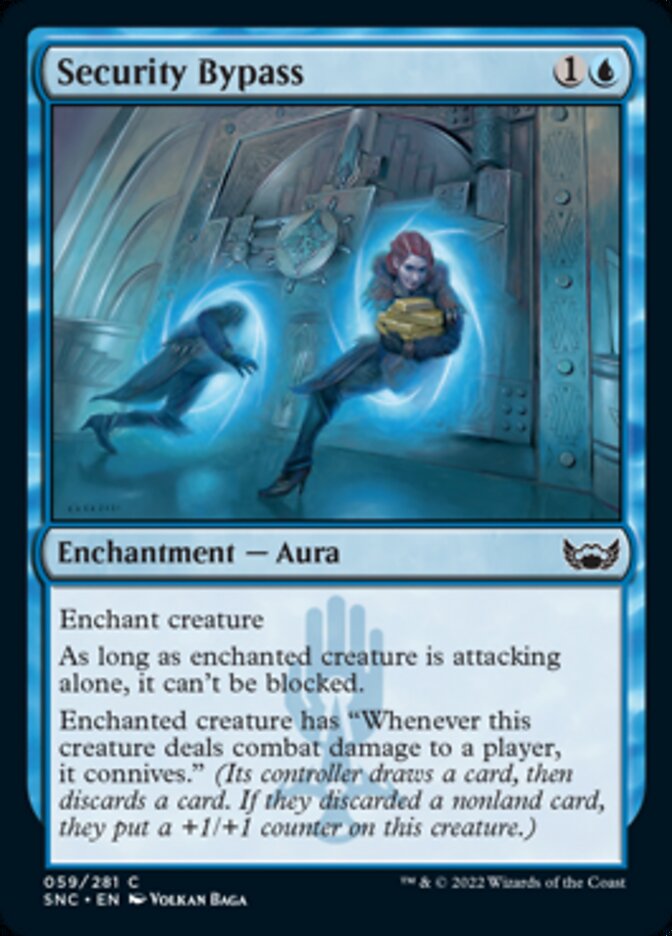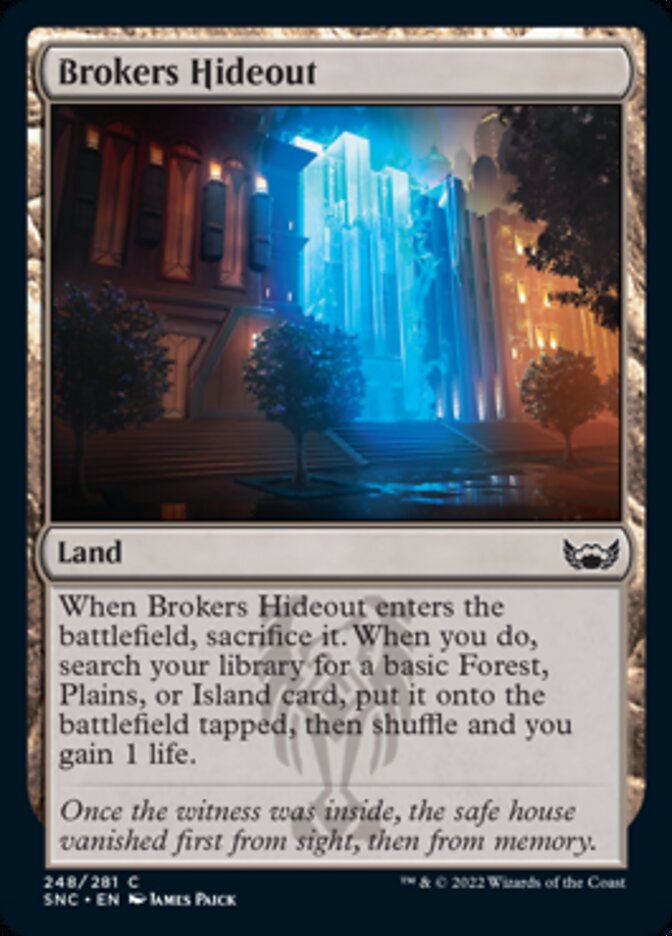In most sets, each two-color combination has a supported archetype, but Streets of New Capenna is a bit different. In Streets of New Capenna Limited, the 10 primary archetypes are five three-color shards (called “factions” or “families”) and the five allied color combinations. Each of these 10 archetypes is supported by powerful gold cards or mechanics at common or uncommon, which can direct a coherent theme for your draft. This article will provide a quick introduction to the 10 draft archetypes and the synergies you should focus on in Limited.
I will not include the five enemy color combinations (white-black, red-white, blue-red, green-blue and black-green) because they are not supported by any gold cards in this set. Moreover, they tie into only a single three-color faction. For example, if you start white-black, you can only add blue to reach the W/U/B faction. You’re far more incentivized to start your draft with an allied color combination (white-blue, blue-black, black-red, red-green, and green-white) because that way, you retain the freedom to move into two different three-color factions. For example, if you start white-blue, you can still add green for the G/W/U faction or black for the W/U/B faction. That’s why I will focus only on the three-color factions and the allied color combinations in this article.
For each of these 10 archetypes, I will highlight several uncommons and commons that go up in value because they synergize with the theme of that color combination. The cards I will highlight get better when you’re in a certain archetype and offer nice synergies, but be mindful – they’re not necessarily the best cards to pick. Especially early on, efficient common removal spells and creatures still take precedence over synergy picks.
You can never really go wrong by starting your draft with any of these commons – they should always be good additions to your deck. Later in the draft, however, you should focus more heavily on the synergies within the color combination you’re drafting, so it’s important to have the archetypes in mind. Let’s go over them.
Each three-color family has three gold uncommons, although I wouldn’t necessarily call all of them “signposts.” Lagrella, the Magpie and Brokers Charm, for example, are just solid interactive cards. They have little to no synergy with the actual signature mechanic of the Brokers family: shield counters.
As showcased on Disciplined Duelist, shield counters offer a nice layer of protection. If a creature with a shield counter would be dealt damage or destroyed, you remove a shield counter from it instead. This makes Disciplined Duelist a hard-hitting three-drop that is difficult to kill.
At uncommon in the G/W/U colors, Wingshield Agent and Voice of the Vermin are additional examples of creatures with shield counters. Thanks to their attack triggers, they’re better on the offense than on the defense.
When you’re drafting Brokers, Ballroom Brawlers will move up in value because it prevents one of the easiest ways to remove a shield counter: chump blocking with a 1/1. Once Ballroom Brawlers has given first strike to an attacking creature with a shield counter, such chump blocks won’t be as effective anymore.
At common, Rhox Pummeler and Boon of Safety fit well into the shield counter theme, and they synergize nicely together. After Rhox Pummeler has lost its shield counter, Boon of Safety can put it back, adding trample mid-combat as a surprise.
Another card that will go up in value when you’re drafting Brokers is Security Bypass. Although connive is technically the signpost ability of the next three-color family, it’s absurdly powerful to put Security Bypass on Disciplined Duelist. It turns it into an unblockable powerhouse that connives twice per combat, yielding a three-turn damage clock. And thanks the shield counter, it’ll shrug off the first removal spell. This two-card combo can easily win games.
Brokers Hideout should also be a premium pick in this multicolor format. Each family has such a fetchland at common, along with a creature that can be exiled for two mana to fix mana temporarily. For Brokers, that’s Spara’s Adjudicators. These creatures are fine playables but somewhat inefficient – it’s generally better to cast a two-mana creature on turn two. The lands, however, are all excellent.
For context: If I’d want to cast Disciplined Duelist consistently on curve, then I’d like to have eight or nine sources of green, eight or nine sources of white and eight or nine sources of blue. Let’s accept some inconsistency and say eight sources of each. That still adds up to 24 sources in total! In a 17-land deck, even if I would count sources generously, I’d need Brokers Hideout, Spara’s Adjudicators and two dual lands just to be on the low end of my range. That’s definitely doable – if I define a mana fixer as a common land or a common exile fixing creature, then on average there are 4.5 such mana fixers per drafter in total across all packs – but still, you really need these cards. So when you’re drafting three colors, you gotta prioritize these mana fixers highly. When you’re past halfway in the draft with little to no fixing yet, take Brokers Hideout even over some rares or mythics.
All that said, if you didn’t draft triple-costed three-drops like Disciplined Duelist, then it may be more natural to build, say, a 9-9-6 mana base with two main colors and a splash for late-game cards that you plan to cast on turn five or later. But we’ll figure out all the nuances as we play with the set.


